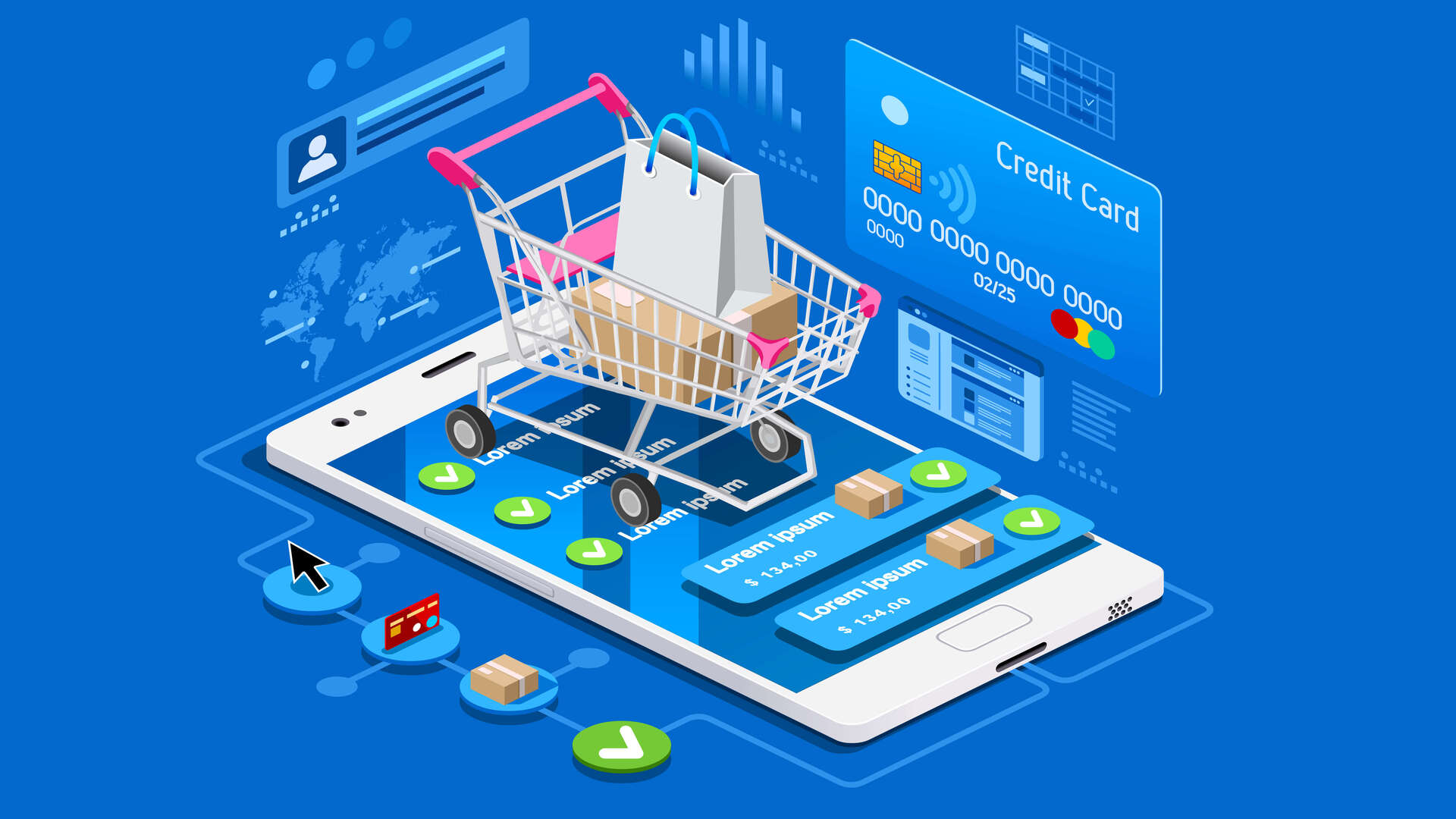B2C (Business to Consumer) is an e-commerce model that has become one of the most popular and effective in recent years. At first, it was just online shops. Then, B2C switched to marketplaces. Now, it is in the field of social commerce. In this article, we would like to consider the evolution of B2C models and their key features.
Internet shopping
It is the first type of B2C to become popular in the 1990s. This model is a virtual store that sells products directly to end users. At the same time, owners of such businesses accept orders on their websites. After that, they send them to buyers.
This is a model that was popular in the early development of the Internet because of its simple structure and use. However, competition became more intense with the advent of a large number of online stores. The customers themselves have become more demanding.
Marketplaces
This model gives sellers the opportunity to sell their products through a single online store. Typically, the marketplace is a web platform that works with different vendors and many useful features. Marketplaces have become popular due to their strengths. We would like to show you some of them:
- Ability to use the platform already ready.
- Access to a huge crowd of potential clients.
- Simplify the management and processing of orders and payments.
- In addition, marketplaces give users a choice from a wide range of products from different vendors. This makes purchases better and faster.
Social commerce
This is a model where firms sell their products and services through social networks. It is the result of the widespread use of social media such as Facebook and Instagram. They enable entrepreneurs to sell products through social media pages.
Using this type of e-commerce, you will be able to create product catalogs, post photos and descriptions, as well as set prices, and accept payments. Social media creates a convenient basis for sales. The fact is that they already have a large number of users who will become potential customers with the right approach.

It has its strengths:
- Increase in audience and number of likely buyers.
- Improving consumer convenience, so they can learn and buy any product they need right on the social network page.
- Reduction of advertising and marketing costs. Social networks have a wide audience and the possibility of promotion.
Strengths and weaknesses
Each of these models demonstrates a number of strengths and weaknesses that you should keep in mind. Online stores are simple in structure, but competition in the market can be high. Marketplaces will help you use a specialized web platform and have access to a large number of possible clients. However, they have limitations in the management and quality control of goods. Social commerce guarantees buyers a lot of sellers and excellent conditions.
So you should consider many important factors when choosing a particular model. Among them are product specifications, audience, budget, and competition in the market. Some business models will become more suitable for particular products or services.
With the help of some of them, you can establish contact with your audience. In addition, you should remember the importance of product quality management and customer service. The point is that it will help you to hold a high level of trust and loyalty among consumers.
In general, the choice of one of the e commerce business models should be based on a thorough analysis of the market, competitors, target audience, and parameters of what products they sell. Also, you should assess the advantages and disadvantages of each of these models. You will choose the option that best suits your needs.
